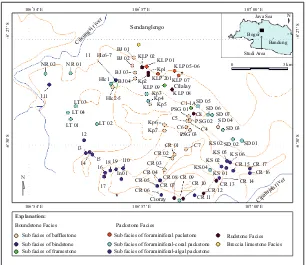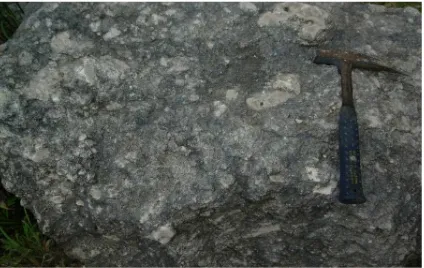Carbonate Facies and Sedimentation of the Klapanunggal Formation in Cibinong, West Java
Teks penuh
Gambar




Dokumen terkait
The units deposited during the rift climax stage have a good source rock potential, whereas the unit deposited in the late rift stage possesses favourable reservoir facies making a
Eight parameters were chosen which are estimated to have an influence on the occurrence of landslides including rock type lithology, land use, slope gradient, slope direction aspect,
Interpretation of architectural elements in sandstone-conglomerate deposits Architectural Element of Floodplain FF, the Fsm and F1 facies are developed on this element in the form of
A deep marine origin for the Tajau sandstone member of the Kudat formation, Kudat Peninsula, Sabah: evidence from facies analysis and ichnology ABSTRACT There have been many
2, 108-111 Depositional Environment and Facies in Units 2A, 2B and 2C of The Graben Trend in Arthit Field, North Malay Basin, Gulf of Thailand Tanyarat Polchai Petroleum
The present study took place in August 2009 and focused on four zones of the fore reef outside the reef crest as defined by R€utzler & Macintyre 1982: the low-relief spur-and-groove
Analysis of the vertical facies successions from proximal to distal, has resulted in recognition of five major genetic units: 1 Ch annel-levee complex; characterised by thick 30-60 m
6; a clastic sand facies commonly developed in the eastern side of the gulf coas- tal plain and a chemical facies mainly consisting of limestone, evaporite and shale mostly developed in
